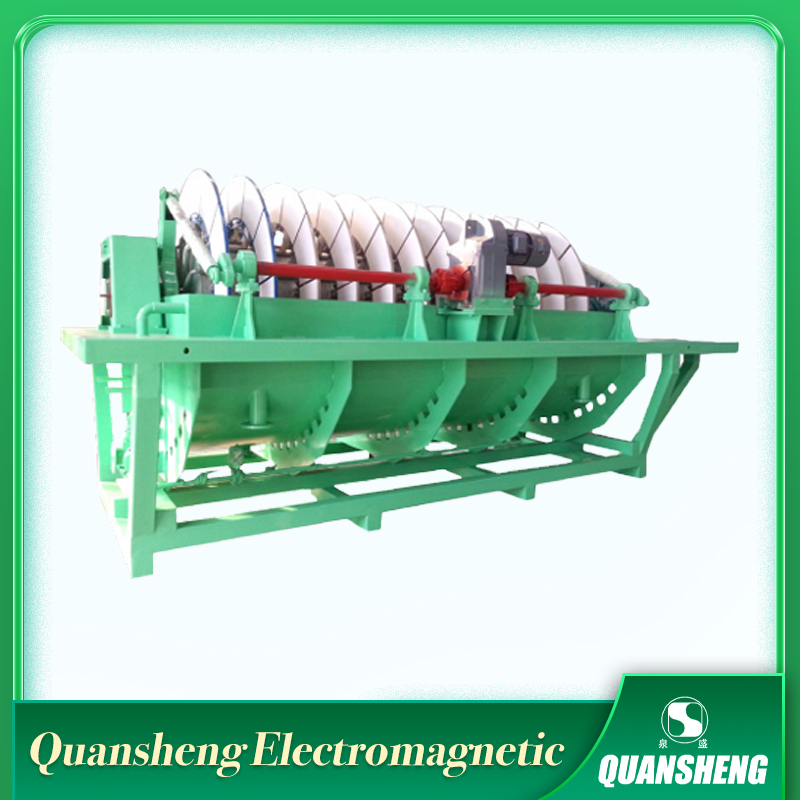
Details Introduction
Ceramic vacuum filter is a precision filtration equipment that relies on vacuum negative pressure to achieve solid-liquid separation under the capillary action of ceramic plates. By extracting air from the interior of the ceramic plate to create a pressure difference with the outside, the solid material suspended in the slurry tank is adsorbed onto the ceramic plate under negative pressure, while the liquid enters the interior of the ceramic plate through the surface layer due to the vacuum pressure difference and the hydrophilicity of the ceramic plate, thus achieving the purpose of solid-liquid separation.
Working Principle
The filter plate immersed in the slurry tank forms a material filter cake layer on its surface through capillary adsorption under the action of vacuum negative pressure; The filtrate is discharged from the inside of the filter plate through a pipeline to the drain tank. The rotor drives the filter plate and the filter cake adsorbed on the filter plate to the drying zone, and the filter cake continues to dehydrate under the action of vacuum. After the filter cake is dried, the rotor rotates to the discharge area (without vacuum) and discharges through a ceramic scraper. After unloading, the ceramic plate enters the backwash area, and industrial water or compressed air enters the inner cavity of the ceramic plate through the backwash pipeline to clean the remaining small materials in the holes of the ceramic filter plate from the inside out. After working for a period of time, the ceramic board is cleaned using ultrasound combined with low concentration acid to ensure its efficient use.
Characteristic
1. Compact structure, small footprint, and low investment cost.
2. Low energy consumption and low operating costs.
3. The filter cake has low moisture content and the filtrate is clear, which can be directly discharged or reused.
4. Adopting PLC+touch screen+automatic valve control, one click startup, fully automated operation control, saving labor.
5. Solid liquid separation meets environmental standards, saves energy and reduces consumption.







1.png)
DF陶瓷过滤机.png)
3.png)
图片3.png)
图片5.png)
图片2.png)

陶瓷真空过滤机.png)
陶瓷真空过滤机.png)





